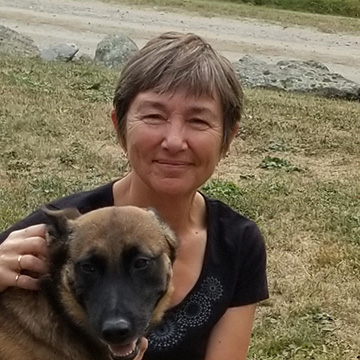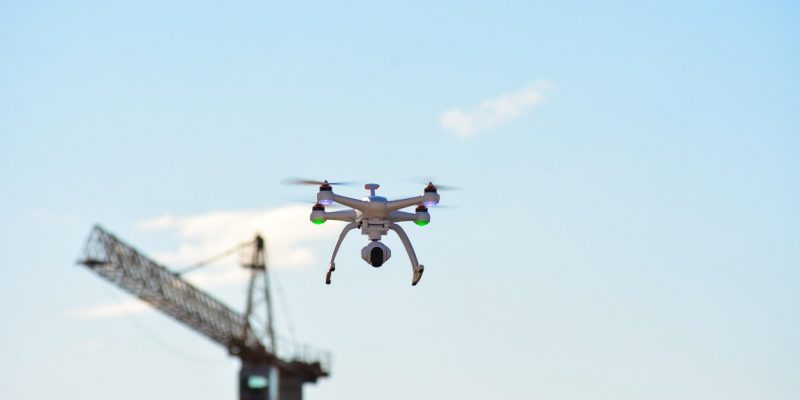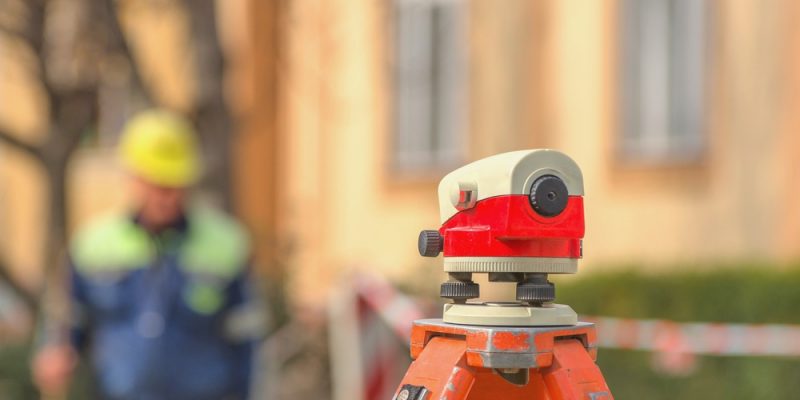Winterbourne Land Services: A pioneering surveying firm for women land surveyors
GHH Acquired Winterbourne Land Services, a cutting edge woman owned firm, on November 15th, 2021
The Woman Behind Winterbourne Land Services
Winterbourne Land Services is a Connecticut historic Land Surveying and Civil Engineering company, established in 1993 by Rosalind C. Page. The firm was one of the first woman owned land surveying companies in the state. Rosalind was one of the few professionally licensed female land surveyors at the time. The Winterbourne team has worked on an abundance of private, commercial, and municipal projects of all shapes and sizes. The firm has performed work within New Haven, Middlesex, and Hartford counties.












 Even though you own the property on which your home rests, the utility companies in the area might have the right to use parts of it. When you purchased your home might be a utility easement on the property.
Even though you own the property on which your home rests, the utility companies in the area might have the right to use parts of it. When you purchased your home might be a utility easement on the property.